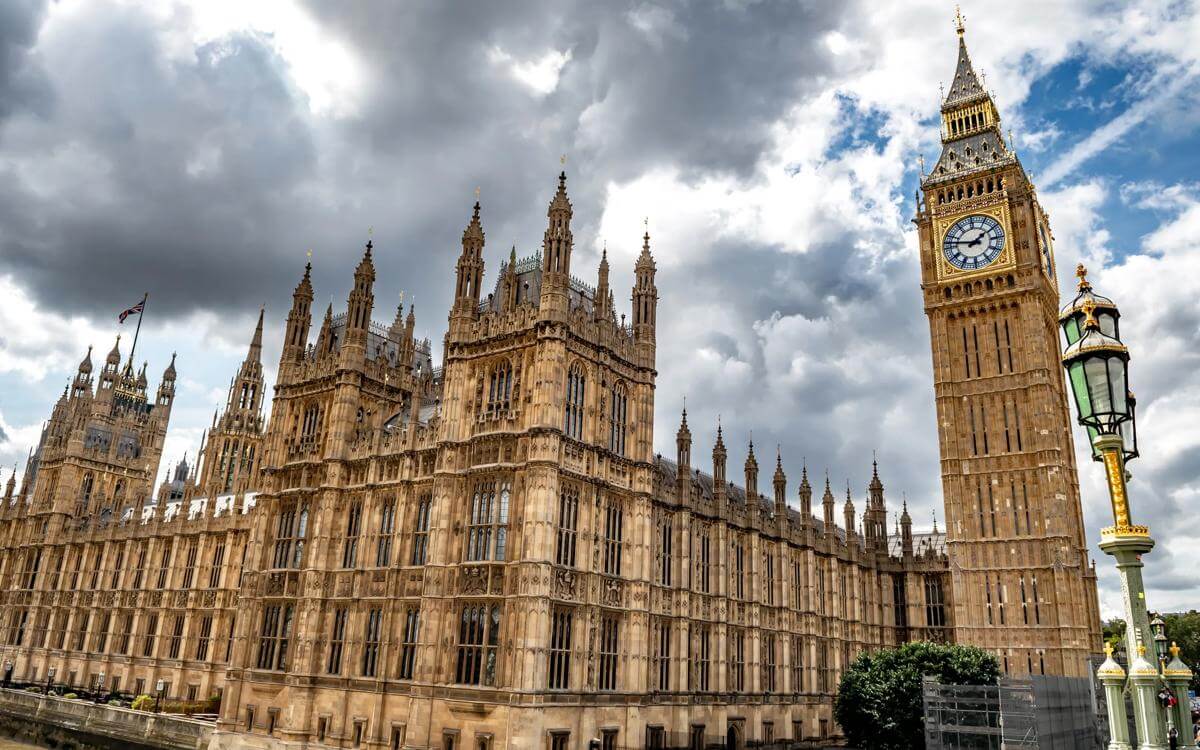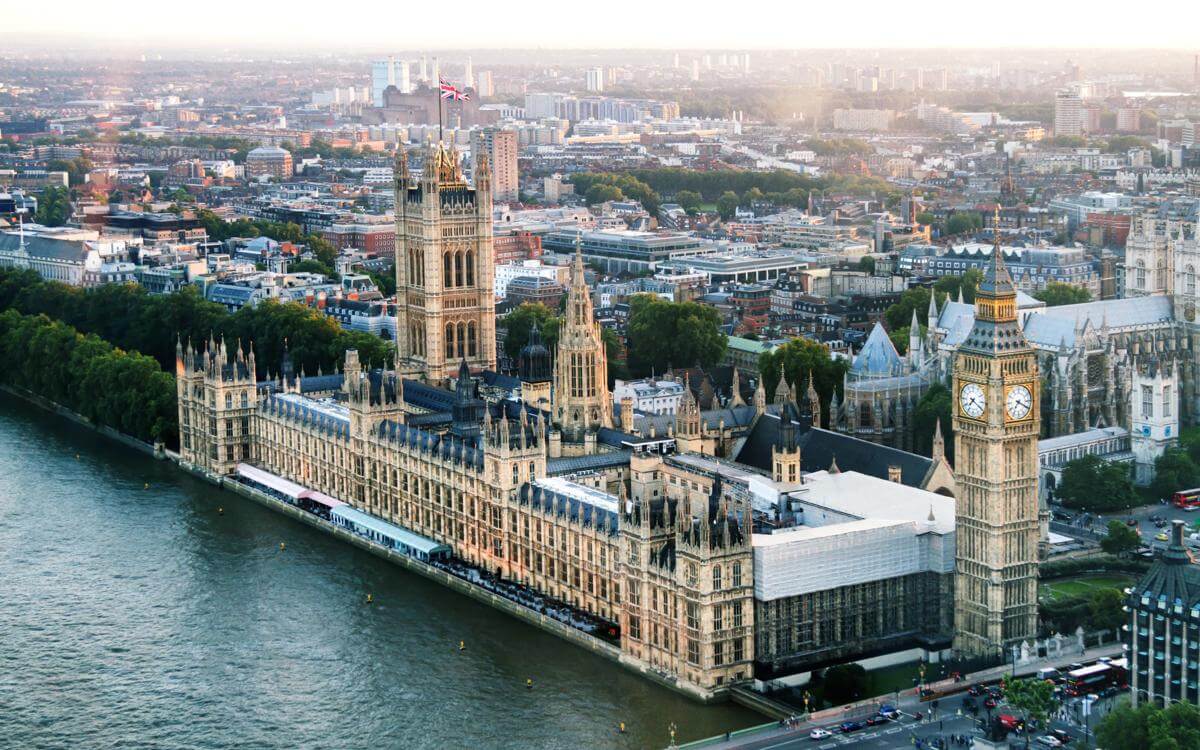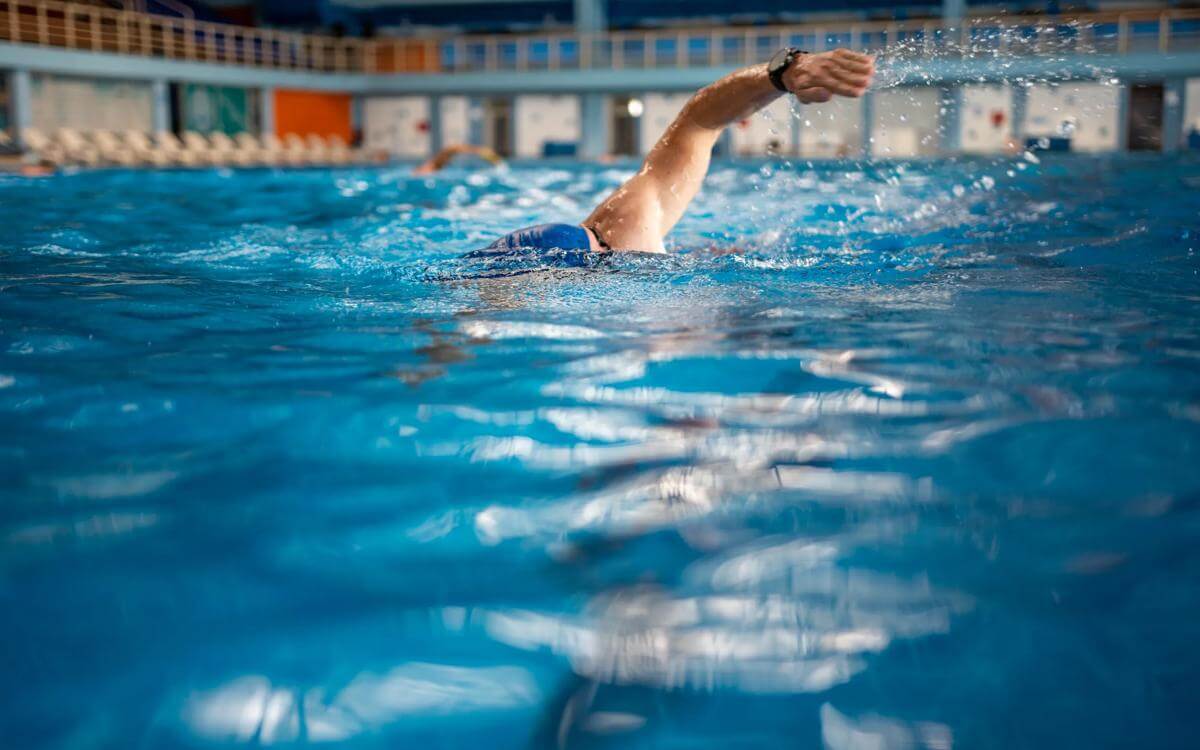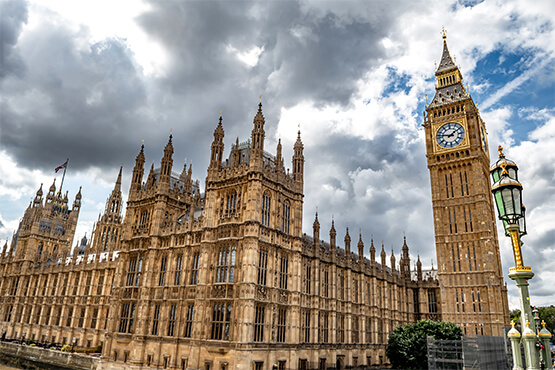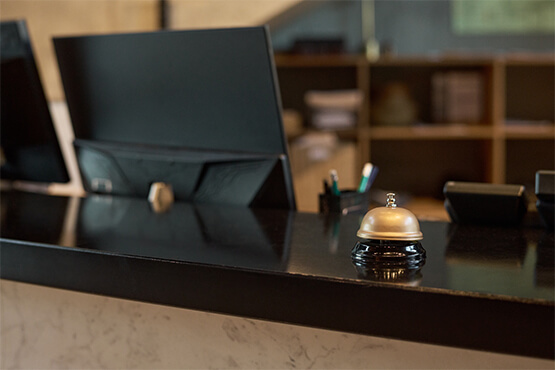Marine Conservation Zones: protecting seahorse populations in England
Sections 125 and 126 of the Marine and Coastal Access Act 2009 impose duties on public bodies in respect of marine conservation zones.
Part 5 of the Marine and Coastal Access Act 2009 (‘MACAA’) provides for the designation of marine conservation zones by the Secretary of State (or the Welsh or Scottish Ministers) in order to protect species and habitats across the UK. These marine conservation zones (‘MCZs’) must either be designated to conserve species of marine flora or fauna, particularly if they are rare or threatened or to conserve and protect marine habitats or features of geological or geomorphic interest, whether or not they are threatened, or for both the aforementioned purposes.
The designation of an MCZ does not automatically impose restrictions on the activities that can be undertaken at that site. Any restrictions imposed depend on the sensitivity of the habitats and species, any geological or geomorphic features and the conservation objectives for those features.
Sections 125 and 126 of the MACAA impose duties on public bodies in respect of MCZs. Pursuant to section 125, a public body is under a general duty to exercise its functions in a manner which it considers will be best to further the conservation objectives of the relevant MCZ. Public bodies also have a duty under section 126 not to authorise anything where there is a significant risk of it hindering the conservation objectives for the relevant MCZ.
Seahorses
There are two species of seahorse found in UK waters – these are the spiny seahorse (Hippocampus guttulatus) and the short-snouted seahorse (Hippocampus hippocampus). Under Schedule 5 of the Wildlife and Countryside Act 1981 (‘WACA’) these two species of seahorse are protected. This means that if activity is to take place which may damage or disturb the seahorses, the person that wishes to carry out this activity must apply for a licence.
Natural England has recently produced several draft conservation advice packages to highlight the impacts of proposed developments on marine habitats and species across England. The aim of these advice packages is to enable developers and operators to understand the impact that proposed development could have on the habitats and species at these protected sites. One of these advice packages relates to Studland Bay in Dorset which has been a designated MCZ since May 2019. This sheltered bay is the only known location where both species of seahorse have been recorded breeding. However due to its location, it is a popular site for recreational vessels to anchor which poses a significant risk to seahorse habitats, in particular the underlying seagrass beds. The conservation objectives of the Studland Bay MCZ, as set out in the advice package, include ensuring that the protected species are maintained in favourable condition or are brought into favourable condition if they are not already so.
The Seahorse Trust, a marine conservation charity, has been running the Studland Tagging Project since early 2009. This initiative involves tagging a number of seahorses at the MCZ, which allows data to be gathered and analysed about the seahorse population. During the lockdown imposed as a result of the Covid-19 pandemic, The Seahorse Trust has reported finding 16 seahorses, including pregnant males and a baby born this year, in one dive around Studland Bay which is the biggest number recorded since the Trust began monitoring the site. This has been attributed to less people and boat traffic in the area giving the habitat valuable time to recover. Whilst The Seahorse Trust do not want to see a ban on diving or moorings in the area, they are calling for enforcement of the species’ legal protection as lockdown measures are lifted.
The Government has given its support to MCZs, which should hopefully lead to enhanced biodiversity in the seas across the UK. However, the effectiveness of MCZs in terms of conserving biodiversity is dependent on good management. Given that Studland Bay was only designated as an MCZ in May 2019, the recent recovery of the habitat during the lockdown period makes it very difficult to determine the effectiveness of the MCZ designation and the conservation advice packages. As lockdown restrictions are lifted, there is an opportunity for the effectiveness of the designation of Studland Bay to be more robustly tested and for the effect of such designation on the species and habitats at Studland Bay to be more accurately understood.



























